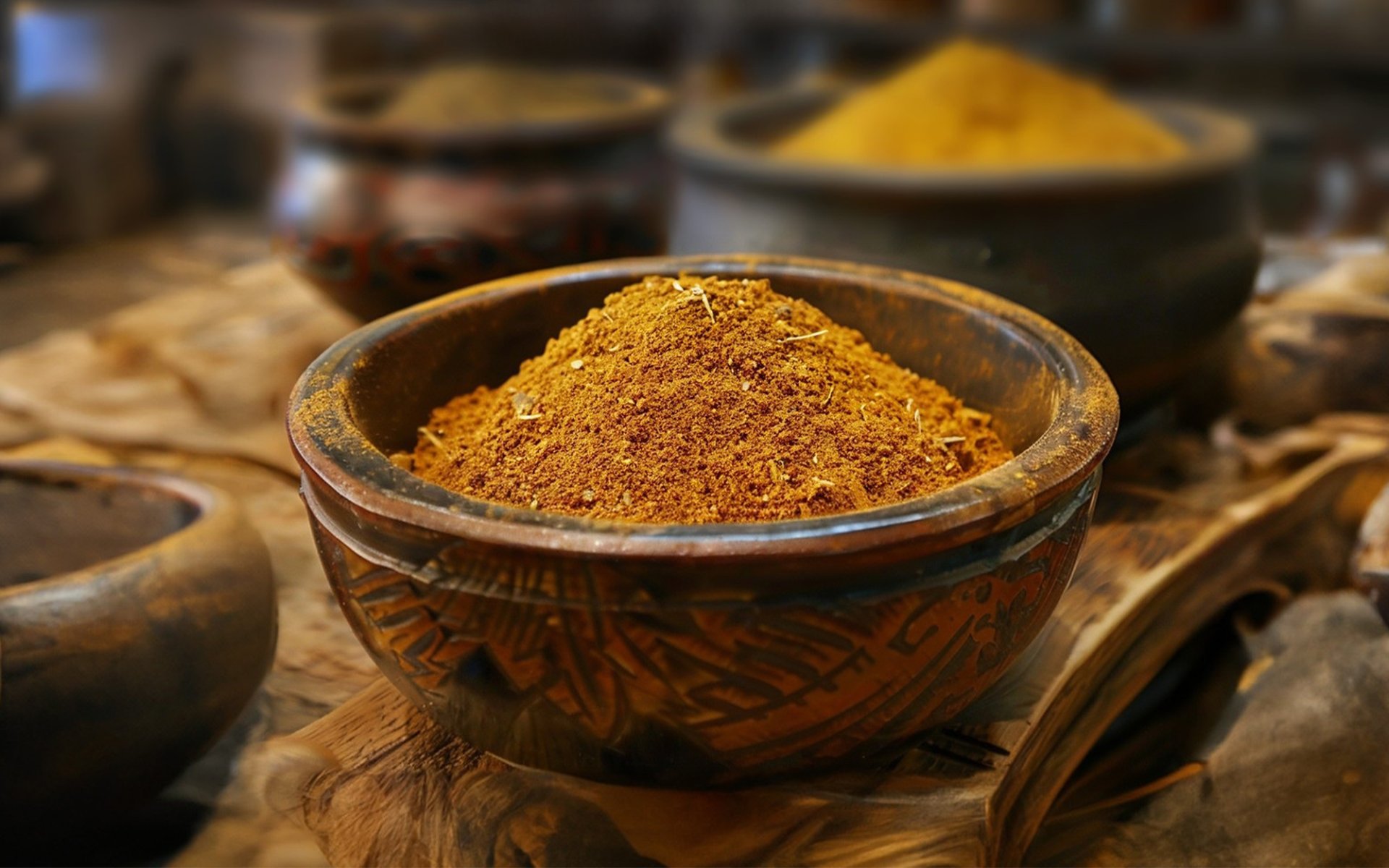Curry Powder

Many might assume that Curry Powder is a spice originating from India. However, that's a common misconception. The truth is, curry powder was not initially part of Indian cuisine but originated in Britain during its colonial rule over India. Today, Rimping Supermarket invites you to discover the fascinating history of this popular spice blend.
Colonial Origins : The Demand for Indian Flavors in Britain
The story of curry powder began during the period of British colonial rule over India. It is said that British military officers greatly enjoyed Indian cuisine. However, upon returning to England, they faced difficulties in preparing complex Indian dishes due to the scarcity of certain spices.
As a result, they began blending various spices such as turmeric, coriander, cumin, fenugreek, and others, to replicate the rich flavors of Indian spices. This blend eventually became the Curry Powder we know today.
The Origin of the Word Curry : Borrowing and Mispronunciation
The word Curry as used by the British actually has no direct meaning in India. It originated from a borrowed and re-pronounced term. Initially, before British colonial rule, Portuguese traders interacted with Indians and observed them consuming various stew-like dishes, which Indians referred to as Kari, a Tamil word.
Consequently, Portuguese traders borrowed this word to describe thick stews, pronouncing it in Portuguese as Carel. The British, in turn, borrowed the word from Portuguese, but mispronounced it in English as Curry. Thus, they began referring to stews as Curry and the spice blend as Curry Powder.
Global Spread and Evolution : Curry Powder Around the World
The invention of curry powder provided a convenient way to bring the flavors of India to British households. After its introduction, curry powder quickly gained popularity in Britain, influencing the development of various dishes such as Chicken Tikka Masala and Coronation Chicken (a curried chicken salad created to celebrate the coronation of Queen Elizabeth II).
As the British Empire expanded, the influence of curry powder spread accordingly, gaining popularity in the Caribbean, Southeast Asia, Africa, and other regions. Each region adapted the recipe to suit local tastes and ingredients, for example, Jamaican Curry Goat and Trinidadian Curry Chicken.
In the 19th century, the British Navy introduced curry powder to Japan, leading to the development of Japanese curry rice, or Kare, which remains popular to this day. Furthermore, in Japan, curry powder underwent a further development: English-style curry powder was combined with French cooking techniques to create Curry Roux blocks for convenience in portability and ease of cooking. This is the origin of the instant Japanese curry blocks we commonly see sold in supermarkets.
Today, curry powder has become a globally popular spice, with a wide variety of recipes. Thailand, along with neighboring countries, has also been influenced by British curry powder. A clear example is Singaporean Fried Noodles, which require curry powder, or in Thailand, curry powder is often used in various dishes, both curries and stir-fries.


